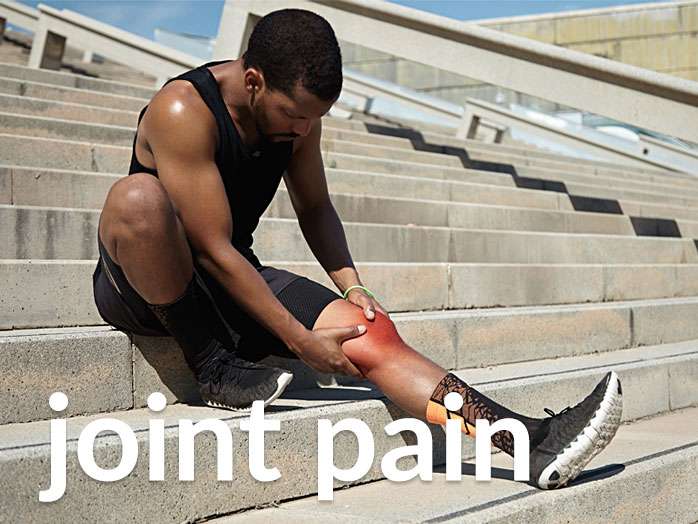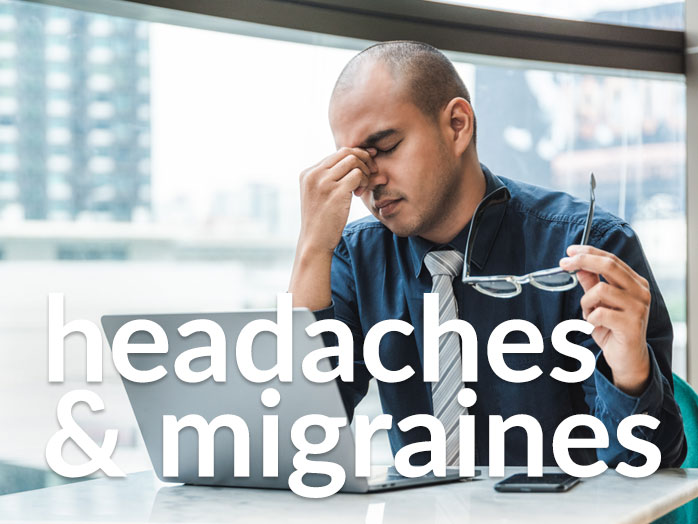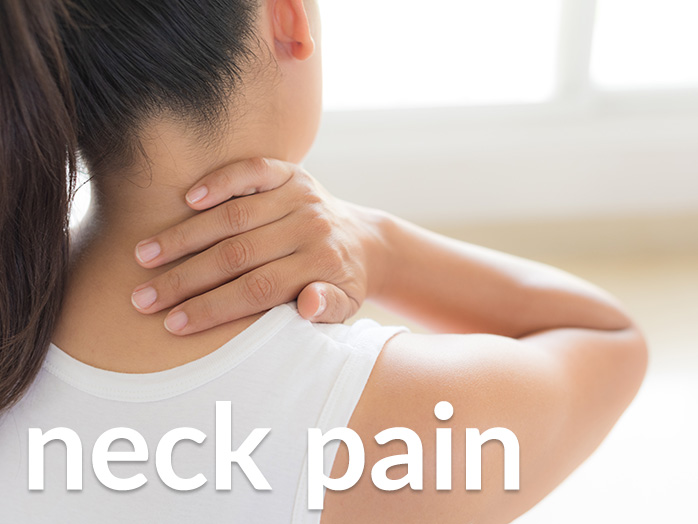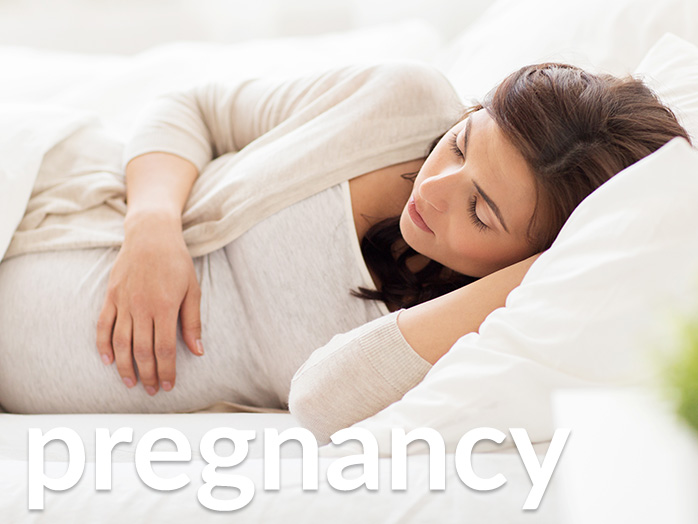Chiropractic Offers Relief for Symptoms of Scoliosis
Do you or one of your loved ones have an unusual posture? Does one of your children have uneven shoulders or hips? Do you have an unexplained bump or protrusion along their lower back or spinal column? Do the differences in your posture make it difficult for you to participate in physical activities or make you short of breath? If you or your loved ones have any of these or related symptoms, then there is a chance you may have scoliosis.
If you have scoliosis, you are not alone. According to the American Association of Neurological Surgeons, 6 to 9 million Americans have scoliosis . However, you don’t have to face your scoliosis alone. Allow the Doctors of Chiropractic at Wilbeck Chiropractic the chance to help relieve you of your scoliosis-related pain and discomfort.
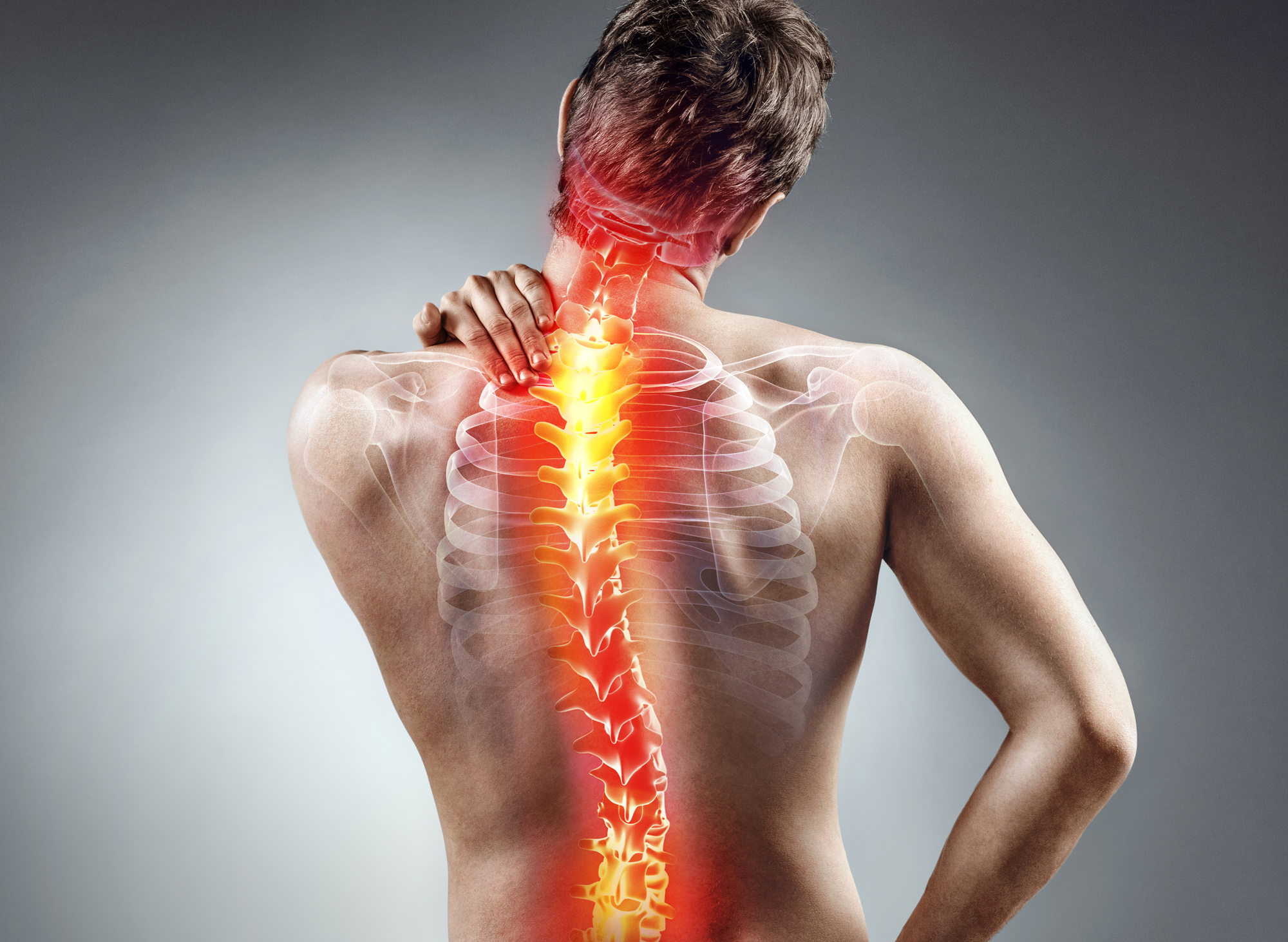
What is Scoliosis
Scoliosis is a condition when the spine develops an unusual sideways curvature. It typically develops in childhood and adolescence but can also develop in adulthood. Generally, the physical changes someone experiences are so gradual that neither the person with scoliosis nor their loved ones are aware of its development as it occurs. For this reason, scoliosis is usually first noticed by people outside the home, like teachers, doctors, and coaches.
Types of Scoliosis
Although scoliosis can occur in tandem with conditions like Muscular Dystrophy and Cerebral Palsy, the actual root cause is unknown. There are links to genetic predisposition, but a person can contract scoliosis without a family history. Scoliosis arises in both genders, but girls both have a higher likelihood of developing scoliosis and having a much more pronounced curve to their spine, requiring treatment . The three types of scoliosis are congenital, neuromuscular, and idiopathic.
Congenital scoliosis arises during fetal development during pregnancy. As the baby grows in the womb, they develop abnormal spinal deformities, leading to altered growth pathways during pregnancy and after birth. Even if congenital scoliosis isn’t readily apparent at birth, it is usually detected earlier than idiopathic.
Idiopathic scoliosis comprises most of the cases of people diagnosed with scoliosis. Eighty percent of the people diagnosed with scoliosis have Idiopathic Scoliosis. It is generally detected around puberty, but idiopathic scoliosis can be detected in early childhood or adulthood. The cause of idiopathic scoliosis is unknown.
Neuromuscular scoliosis occurs in conjunction with other neuromuscular diseases and conditions. People with conditions like spina bifida, cerebral palsy, spinal cord injuries, muscular dystrophy, and other forms of neurological or muscular degeneration often develop neuromuscular scoliosis in tandem with their preexisting condition. Neuromuscular scoliosis generally develops more rapidly than the other types of scoliosis and usually requires medical intervention to mitigate symptoms and pain.
Symptoms of Scoliosis
Scoliosis and related conditions affect 2 to 3 percent of the world’s population. However, the presentation of their conditions can vary significantly from person to person. The curvature of the spine can be slight to extremely pronounced. People with mild to severe scoliosis may have body asymmetry. Their shoulder or hips might be noticeably uneven, they might have an unusual curve to their torsos, or bumps stick out of their backs at odd angles. Scoliosis can also have physiological effects on the body. This condition can impact a person’s ability to walk, stand up straight, and overall energy level. Positional shortness of breath is another common symptom. They may also experience frequent pain in their hips, back, and feet.
Listed below are a few of the more common symptoms of scoliosis:
- Unusual Spinal Curvature
- Back Pain
- Neck Pain
- Hip Pain
- Foot Pain
- Joint Pain
- Uneven Walk
- Decreased Energy
- Shoulder Pain
- Unable to Stand Up Straight
- Positional Shortness of Breath
Manage Painful Scoliosis Symptoms with Preventative Chiropractic Care
Scoliosis can affect a person’s life and health in major and minor ways. To ease any suffering from this pervasive condition, consider allowing the doctors at Wilbeck Chiropractic the opportunity to help you or your loved ones with their scoliosis-related pain and symptoms.
Our clinics, conveniently located throughout the greater Wichita area, have helped countless patients, including those with scoliosis. Whenever a patient comes to our clinics with pain and symptoms related to scoliosis, our chiropractors carefully assess them physically and discuss their specific concerns. Although chiropractic treatments cannot cure a person of scoliosis, it can significantly improve symptoms, mitigate scoliosis-related pain and discomfort, and help them avoid any unnecessary, painful surgical intervention. Chiropractic, in conjunction with homeopathic and medically supervised treatments like physical therapy and back braces, can help mitigate abnormal sideways curvature of the spine.
Chiropractic treatments help decrease scoliosis-related pain and symptoms by improving the neural pathways ability to transmit and receive signals more efficiently. This eases patient’s overall discomfort and improves their overall health. In addition, to help prevent future re-occurrences of scoliosis-related pain, we advise our patients to schedule regular preventative chiropractic adjustments. Preventative chiropractic adjustments can help maintain the neurological health of your spine and can prevent future pain and suffering.
[1] American Association of Neurologicla Surgeons. (n.d.). Scoliosis. Retrieved from https://www.aans.org: https://www.aans.org/Patients/Neurosurgical-Conditions-and-Treatments/Scoliosis#:~:text=Incidence%20and%20Prevalence,occurring%20equally%20among%20both%20genders
[1] Mayo Clinic Staff. (n.d.). Scoliosis. Retrieved from https://www.mayoclinic.org: https://www.mayoclinic.org/diseases-conditions/scoliosis/symptoms-causes/syc-20350716
Schedule an Appointment Today
We can see you now…Call Wilbeck Chiropractic or schedule an appointment online below.
Take Advantage of Our $29 New Patient Special!
We are here to help you live your best life!
To improve your experience in our clinic, we encourage new patients to download and fill out our new patient intake form before arriving for their first appointment.
Northwest Clinic Location
8641 W 13th St
N, Wichita, KS 67212 suite #107
Phone: (316) 444-4368
Directions


